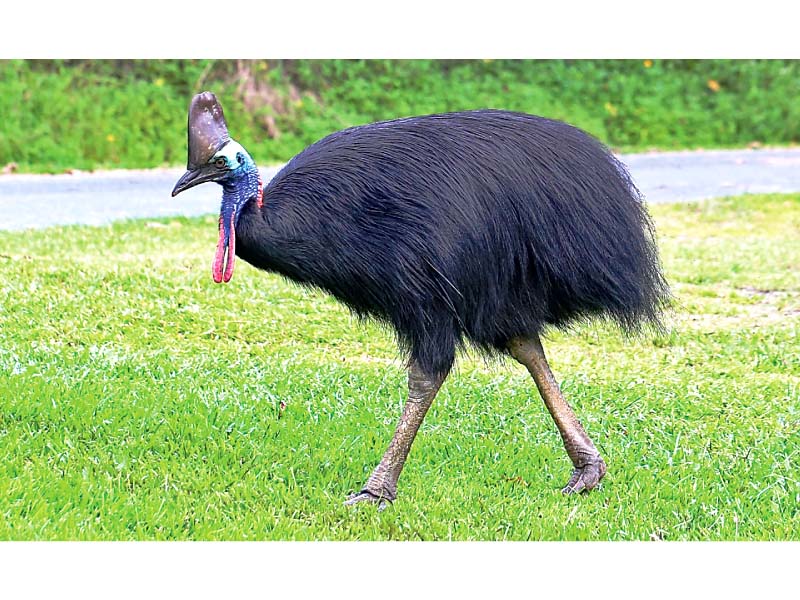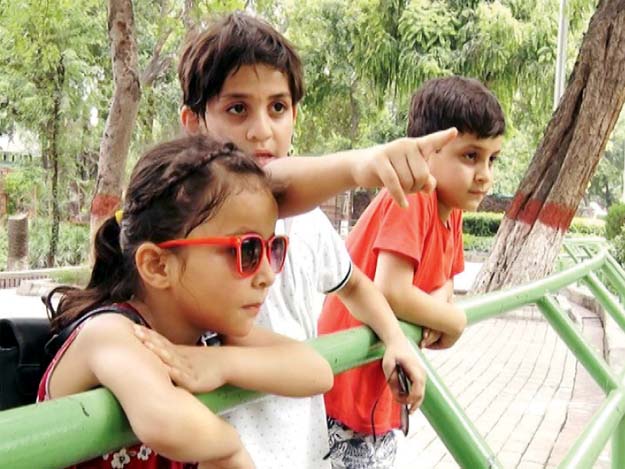 Barely any visitors to Lahore Zoo know that one of the oldest animals at the zoo is also one of the most dangerous.
Barely any visitors to Lahore Zoo know that one of the oldest animals at the zoo is also one of the most dangerous.It’s not a big cat. It is not a bear or a hippopotamus, a snake or a crocodile. Rather, it is a bird. And one that cannot even fly.
The elderly bird is a cassowary, a member of the same family as ostriches and emus. This dangerous crowned bird has an unusual walk, influenced by its large clawed feet. The central claw can be as much as five inches long and has similarities to its ancient dinosaur relatives, fictional versions of which have featured in the Jurassic Park franchise. The central nail can easily slit through a human chest.
‘Zoo administration reluctant to give control’
Lahore Zoo Veterinary Officer Dr Rizwan Khan shared that the cassowary at the zoo is its oldest resident. According to zoo records, the flightless bird was brought from England on October 22, 1971. It was six years old at that time. Now it is 55. For comparison, the oldest known cassowary in captivity died at the age of 61.
The cassowary prefers to live alone or with a mate. It is mostly kept alone in zoos across the globe. There is only one male cassowary at Lahore Zoo. Despite efforts, the management has failed to procure a female of the species.

Dr Rizwan shared that the cassowary belongs to the same family as ostriches and emus and is considered among the most dangerous birds. It has unusual child-rearing habits, with the female cassowary shifting to another place after laying eggs while the male sits on the eggs till they hatch and cares for the chicks till they are old enough to fend for themselves.
He said cassowary take strides to attack the enemy and can cut through the chest of most animals, including humans. Although they are usually not aggressive towards humans, every bird has a different personality, and some birds have also attacked their keepers.
The bird feeds mostly on roasted peas, fruit, millet, maize, and barley, although in the wild it also kills and eats small animals such as insects, mice, frogs, fish, and birds.
The elderly bird at the zoo now mostly spends its time in a room inside its enclosure, rarely stepping outside.
Kiran Saleem, the education officer at Lahore Zoo, shared that they have recently been trying to find a female cassowary. She said that several countries including the US, Malaysia, and the UK have been approached, but they could not make available. “One of the biggest factors is their rarity and the fact that they are not usually bred in captivity or farmed for human consumption.”
